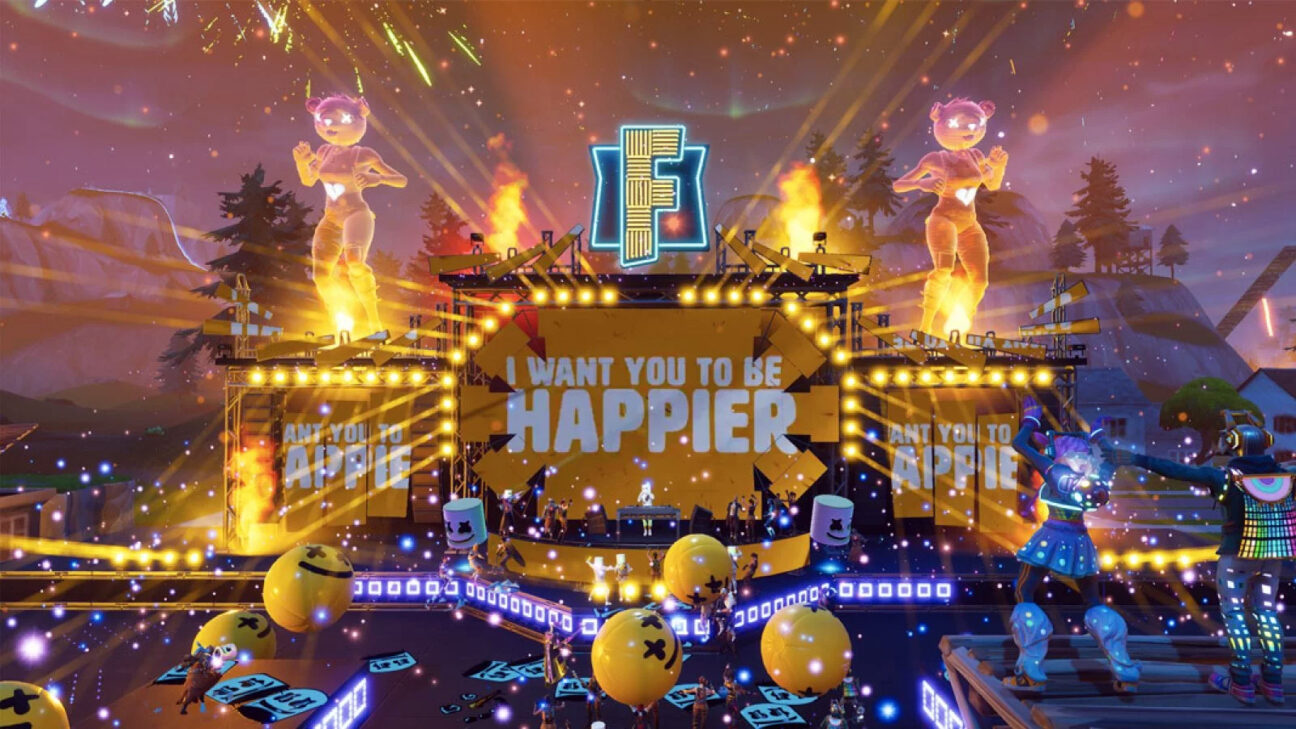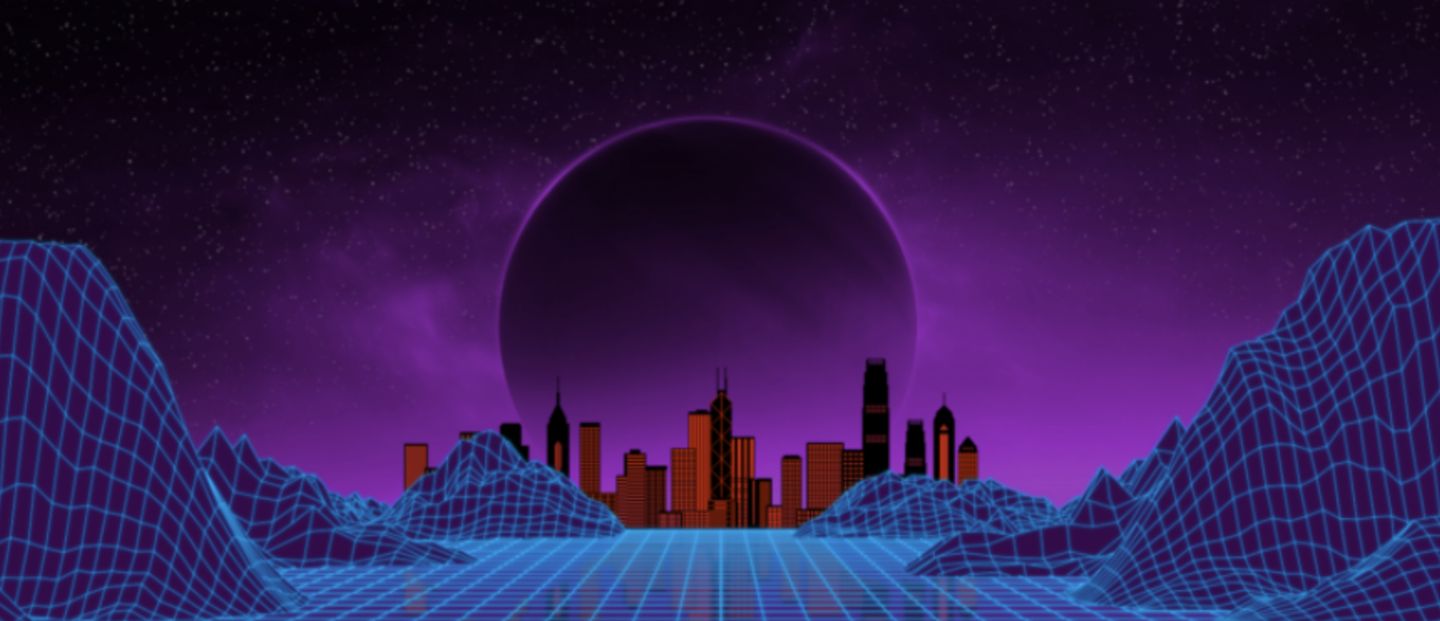When it comes to the decentralised platforms such as Decentraland or The Sandbox, one of the biggest problems for me is that their graphics are basic – very basic, like the kind of graphics (for those of us that remember) that were around in the 90s kind of basic. I’m guessing that the reason for this is to try and get the best and most uniform performance for everyone, from anywhere, but even with such low poly graphics, the experience can still be laggy, and my home computer and accompanying internet speed is no slouch. So if I were a brand looking to utilise these particular platforms as a new marketing channel, I’d be asking myself, are these the right ones for my product?
For example, back in March (2022), Decentraland hosted the very first four-day Fashion Week event, with around 60 fashion brands showcasing 500 looks. There were also a number of after parties and a selection of prominent ‘artists’ making appearances. All the fashion brands that attended were able to showcase various new lines of clothing, accessories and other beauty products, some of which were also available as collectable, limited edition NFTs for you to adorn your avatar. Some of these NFT products also had their real-life equivalents to be purchased in, well, the real world, of course. Dolce & Gabbana’s catwalk featured cat-like models wearing this season’s offerings, while other major fashion brands such as Selfridges had grand openings of their virtual stores. The whole virtual experience was topped off with an electrifying ‘live’ DJ performance from Grimes. Overall though, the feedback was mixed.

Firstly, the whole experience was very glitchy and laggy to the point where it became really annoying. And as mentioned, the quality of the graphics is not great. Another shortcoming for Decentraland, in particular, is that it can also feel, well, quite empty. This is down to the fact that it limits the number of avatars that can be placed together at any one time, creating multiverses of the same event. This is problematic if you are trying to create an event with hundreds (if not thousands) of attendees to emulate a ‘live’ show. The last thing a high-end fashion retailer wants to create is an event where it feels like no one has turned up.
And this is where I begin to question the choice of a number of Metaverse platforms for certain brand experiences. If you are a high-end fashion brand that is all about the feel, the texture, the detail and the overall quality of your products, is a low poly graphics experience going to be doing your brand any favours? The whole point of a brand experience is to build community engagement to ultimately drive sales, so if a major fashion label’s latest line-up looks like something from a 90’s video game, being a little more creative in how they want to be experienced is surely a better strategy. And in any case, what’s the point in just trying to recreate the real world in the virtual world? We can be whatever we want in the Metaverse! The only constraint is our imagination.

Speaking of imagination, Fortnite and (for the time being anyway) it’s not-so-live, live music events are an absolute visual treat. Unbelievable, out-of-this-world performances, amazing creativity and augmented by brilliant graphics. So what’s the problem, you ask? For me, the problem is it’s still contained in a screen. I have to ask myself, is that ever going to be a better experience than the complete real-life experience of travelling to a venue, surrounded by excitable real humans all babbling away in anticipation? Walking into the venue, rubbing shoulders and taking in the sights and sounds? And then waiting patiently (or not) for the main act – your idol(s) – to walk out into the spotlight while a sea of fans hold up the torch on their phones while singing along to their favourite tunes, hoping the night never ends?

Another thing to consider is the fact that amongst the existing virtual worlds, different and complex brand personalities are beginning to appear.
And this will only become more complex as more worlds are born. In much the same way existing successful brands have their own carefully nurtured personalities by building community, desire, and creating brand alignment, so too will each virtual platform. The difference is that these digital worlds work on so many more levels where their overall personalities will become much more complex to navigate, making it challenging for real-world brands to understand which will be the right environment for their brands to thrive within. It will put a whole new angle on media buying and product placement in the future. Plus, of course, there is already the very real problem that other marketing channels know about, i.e. just because Snoop Dog endorses The Sandbox by owning significant real estate within the platform, does that mean it’s the place for certain brands and their experiences? And how long will he or other ‘real life’ stars stick around appearing to endorse one particular virtual world over the next? Just like everything in today’s ever-changing society, there is always going to be the next big thing, big star, big app, big influencer, big trend, big fashion. The genesis of whole worlds coming into being, flourishing with life, while other worlds wither and die because of bad management, bad strategy, bad product, or just bad luck will be an ongoing thing.
